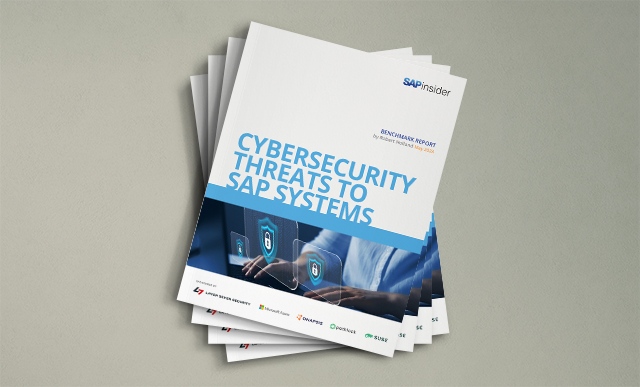How to Defend Your Web Apps and APIs from the Known and Unknown
Key Takeaways
⇨ Ease of Deployment and Management: FortiWeb is highly praised for its effortless deployment, logical and intuitive interface, and excellent documentation, allowing users to quickly set up and manage web applications with minimal configuration.
⇨ Effective Protection Against Unknown Threats: FortiWeb leverages machine learning to detect and block unknown or zero-day threats, significantly reducing false positives and providing reliable security across cloud-based platforms.
⇨ Reduction of Alert Fatigue and Resource Efficiency: The solution reduces false positives and alerts by a significant margin, which helps alleviate alert fatigue for security teams, enabling them to work more efficiently and freeing up resources for other critical tasks.
A WAF is a specialized form of firewall that is designed to defend web applications. As WAFs have evolved and extended themselves into protecting APIs, Gartner now refers to them as Web Application and API protection (WAAP) solutions. Labels aside, WAFs filter, monitor, and block HTTP traffic that is going into and out of a web service.
By performing these inspections on HTTP traffic, a WAF can prevent attacks that exploit vulnerabilities in the app, e.g., SQL injection and cross-site scripting (XSS). FortiWeb Cloud protects against the Open Worldwide Application Security Project® (OWASP) Top 10 and includes more robust features, such as anomaly detection, API discovery and protection, and bot mitigation. FortiWeb also provides multi-dimensional reporting as well as advanced threat analytics.
PeerSpot members revealed why they selected FortiWeb Cloud over alternatives on the market. For example, a Director of IT at a small tech services company found Microsoft Azure’s WAF solution to be “a little bit expensive for a startup project.” She also said, “The Azure firewall has limited configuration options that aren’t helpful in our use case. FortiWeb is easier to configure and has pay-as-you-go pricing based on traffic, which is ideal for a startup company.”
For a Security Specialist at Hitachi Energy, a manufacturing company with over 10,000 employees, what mattered was ease of configuration. He explained, “We also checked other WAF solutions such as Akamai and CloudFlare but didn’t do a PoC [Proof of Concept] with them. We did a PoC with OCI WAF, Microsoft Azure WAF, Google Cloud Armor, and Fortinet FortiWeb.” However, for OCI WAF, Microsoft Azure WAF, and Google Cloud Armor, as he put it, “their configuration isn’t very easy.”
Fortinet makes possible a digital world that we can always trust through its mission to protect people, devices, and data everywhere. This is why the world’s largest enterprises, service providers, and government organizations choose Fortinet to securely accelerate their digital journey. The Fortinet Security Fabric platform delivers broad, integrated, and automated protections across the entire digital attack surface, securing critical devices, data, applications, and connections from the data center to the cloud to the home office. Ranking consistently as a leader in firewalls, more than 650,000 customers trust Fortinet to protect their businesses. And the Fortinet NSE Training Institute, an initiative of Fortinet’s Training Advancement Agenda (TAA), provides one of the largest and broadest training programs in the industry to make cyber training and new career opportunities available to everyone.





